“Father of the Himalayas” makes last trip
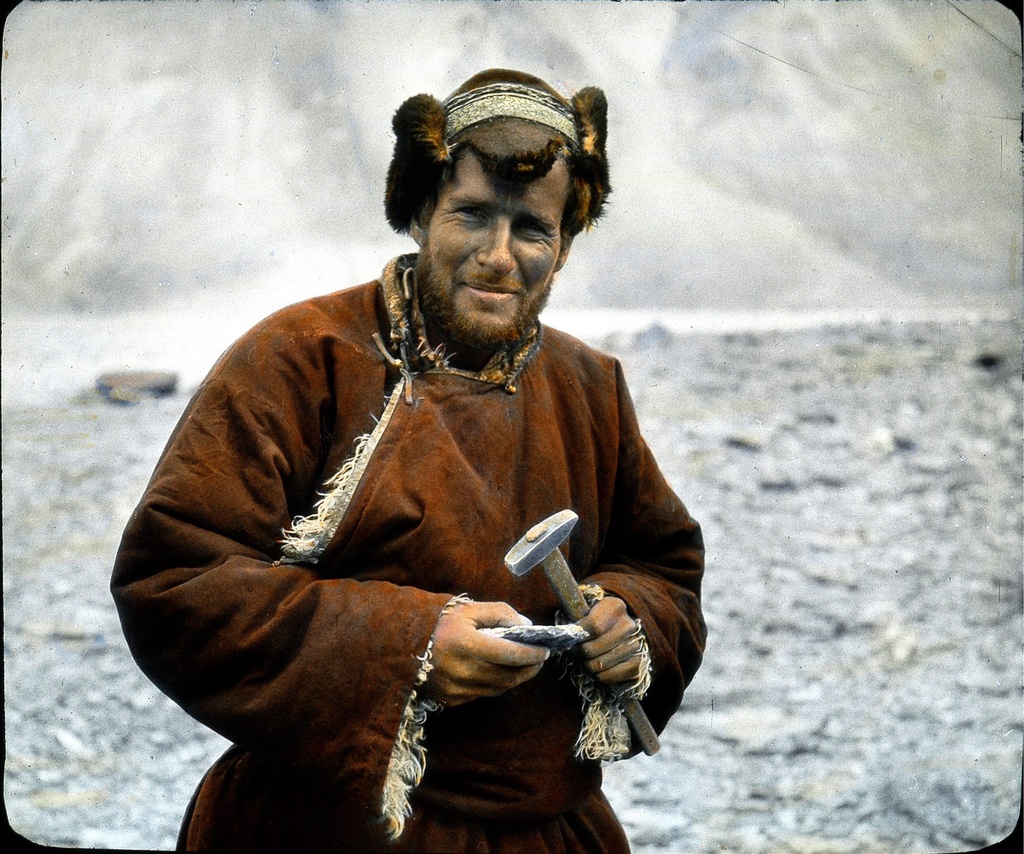
With the death of geologist and mountaineer Augusto Gansser, Switzerland lost an adventure-loving scientist who survived “exceptional journeys”.
Along with Jacques Piccard and Nicolas Bouvier, Gansser was part of a group of Swiss adventurers and travellers of the 20th century who helped put Switzerland on the world map – and put the world on Switzerland’s map.
He was also a professor and photographer who brought passion to every aspect of his rich and varied life.
Gansser, who undertook pioneering work in the Himalayas as well as in Tibet and Bhutan, died aged 101 at his home in Lugano, in the southern canton of Ticino, on January 9.
“He loved adventure, nature and the mountains. He carried out exceptional journeys, also discovering unknown mountains. In Greenland there’s a Mount Lugano and in Colombia, a Toti Peak, named after my mother,” Luca Gansser, one of Augusto’s six children, told swissinfo.ch.
“He used to say that he felt like a prisoner in his own body.”
Blue eyes
Born in 1910 in Milan, Italy, to a Swiss father and German mother, Gansser studied geology at Zurich University. But before finishing his doctorate, he had already succumbed to the lure of adventure, taking part in a scientific expedition to Greenland aged just 24.
“They were travelling on a ship with three masts and were stuck for three months in the ice,” Luca Gansser said.
In 1936 he carried out arguably his most famous journey, joining the first Swiss geological expedition to the Himalayas. He soon decided to break off from the group to explore the border between India and the mysterious Tibet on his own.
“He was one of the first foreigners to set foot in Tibet,” Luca Gansser said. “He entered illegally, disguised as a Buddhist pilgrim.”
At this time Tibet was a British protectorate and foreigners were not allowed in.
“The only thing that I couldn’t hide were my blue eyes,” Augusto Gansser once said in an interview with the Corriere del Ticino newspaper. “But I was able to hide lots of things under my pilgrim’s cloak, such as a hammer and compass.”
Baba Himalaya
While exploring the Himalayas, Gansser arrived at Mount Kailash (6,638 metres), where he made one of his most important discoveries. At the foot of the sacred mountain he found the point of contact between the Indian and the Eurasian plates.
Gansser was one of the first Swiss to study the model of plate tectonics, said Jean-Pierre Burg, professor at the Institute of Geology at the Federal Institute of Technology Zurich.
“His pioneering work in the Himalayas will probably always be remembered,” added Burg.
In 1964 Gansser published “Geology of the Himalayas”, considered a reference book in its field. He also authored publications on mountain formation, as well as on the countryside and people of the Himalayan region.
In 1983 Peshawar University in Pakistan bestowed upon him the honorary title Baba Himalaya, or Father of the Himalayas, in recognition of his work.
Shah’s court
Gansser carried out research in Tibet and mapping work in Bhutan – which earned him the friendship of the then sovereign Jigme Dorij Wangchuck – and he travelled the world, exploring the Middle East and Latin America.
In Colombia he worked for the oil company Shell, drawing up geological maps with his wife. In the 1950s he found himself at the court of the Shah of Persia, who designated him chief geologist of the state oil company.
But in 1956 disaster struck. During one of the drillings, a sudden increase in jet pressure led to millions of tons of crude oil spilling out, causing enormous black lakes and upsetting the natural environment.
Gansser was upset by the sight of “so many water birds flying down towards the lakes thinking they were water”, as he recounted in the Corriere del Ticino interview.
Engineers decided the best way to deal with the catastrophe was to contain and set fire to the oil. “It was the largest controlled fire ever set by man,” remembered Gansser.
Gansser reached the ripe old age of 101. The reason for his longevity might be found in one of his anecdotes.
“Near Mount Kailash, the lama in charge of the monastery where I was gave me some pills for a long life. I’m grateful to them to this day, because it seems that they have worked really well…”
Born October 28, 1910 in Milan. Studied geology at Zurich University.
1934: first expedition to eastern Greenland, led by Danish researcher Lauge Koch.
1936: part of first Swiss expedition to the Himalayas, led by Arnold Heim. Carried out own research in Tibet.
1938-1946: worked with his wife, Linda Biaggi (Toti) for oil company Shell in Colombia and then in Trinidad.
1950-1957: chief geologist at Iranian state oil company.
1958: returned to Switzerland where he became professor of geology at the ETHZ (until 1977).
1960s-1970s: carried out research in Bhutan, making maps.
Honours: among his many: Baba Himalaya (Peshawar University, Pakistan, 1983). Also member of many institutes, including the National Academy of Sciences in the United States and the Accademia dei Lincei (Lincean Academy) in Rome.
He died, aged 101, on January 9, 2012.
(Translated from Italian by Isobel Leybold-Johnson)

In compliance with the JTI standards
More: SWI swissinfo.ch certified by the Journalism Trust Initiative

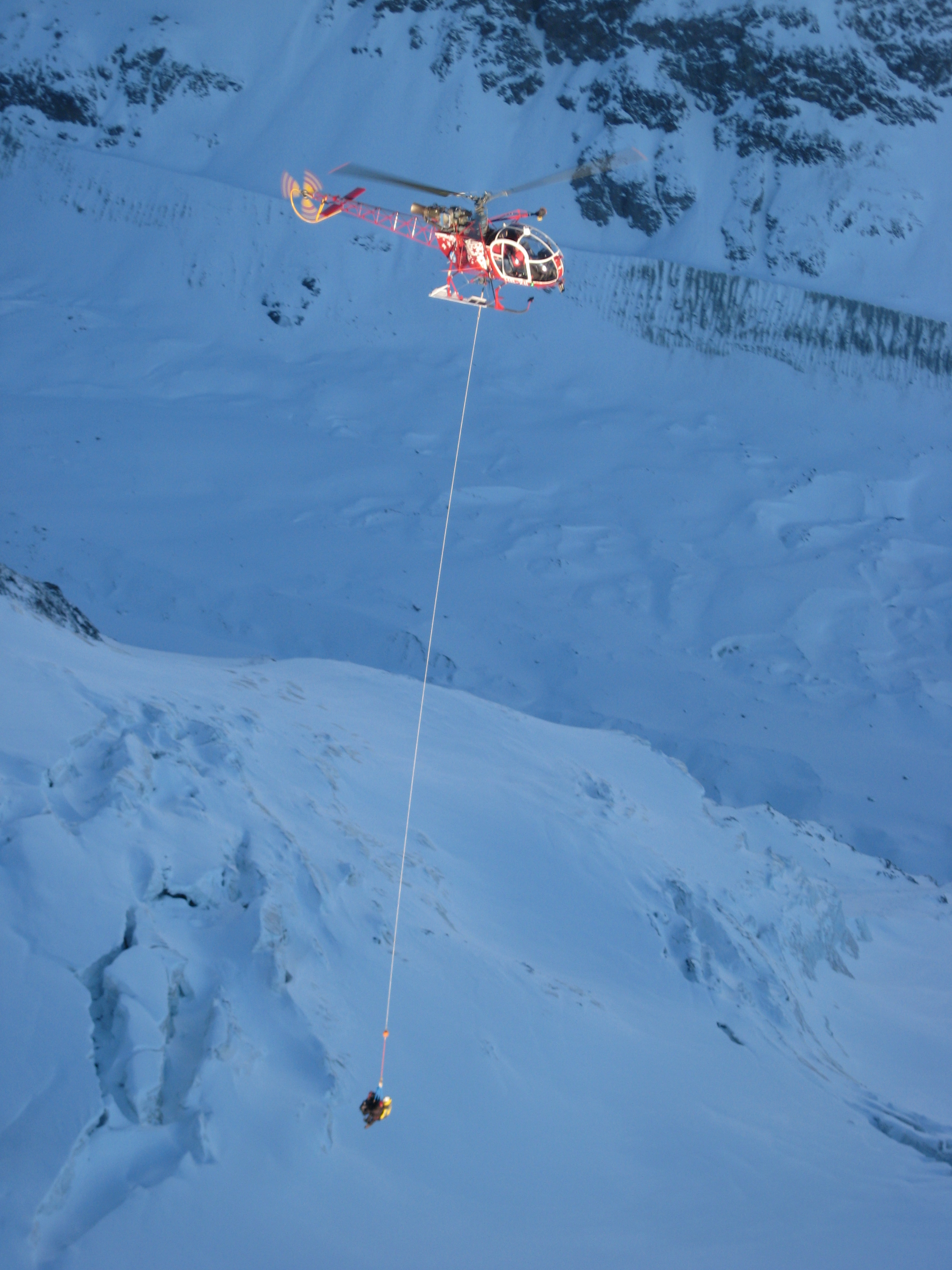
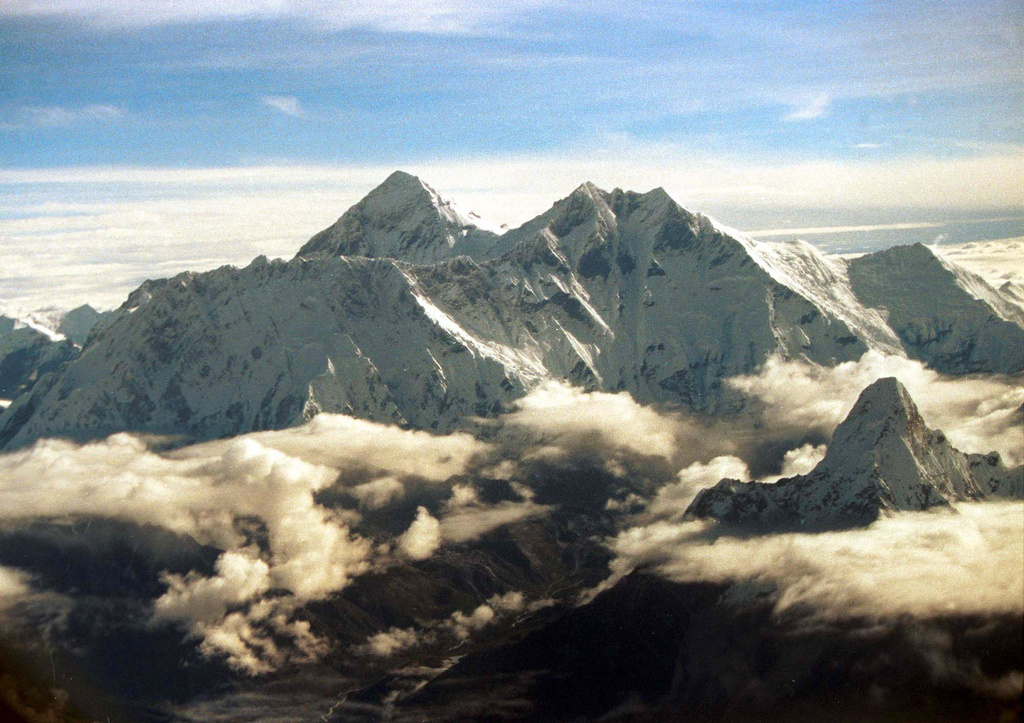
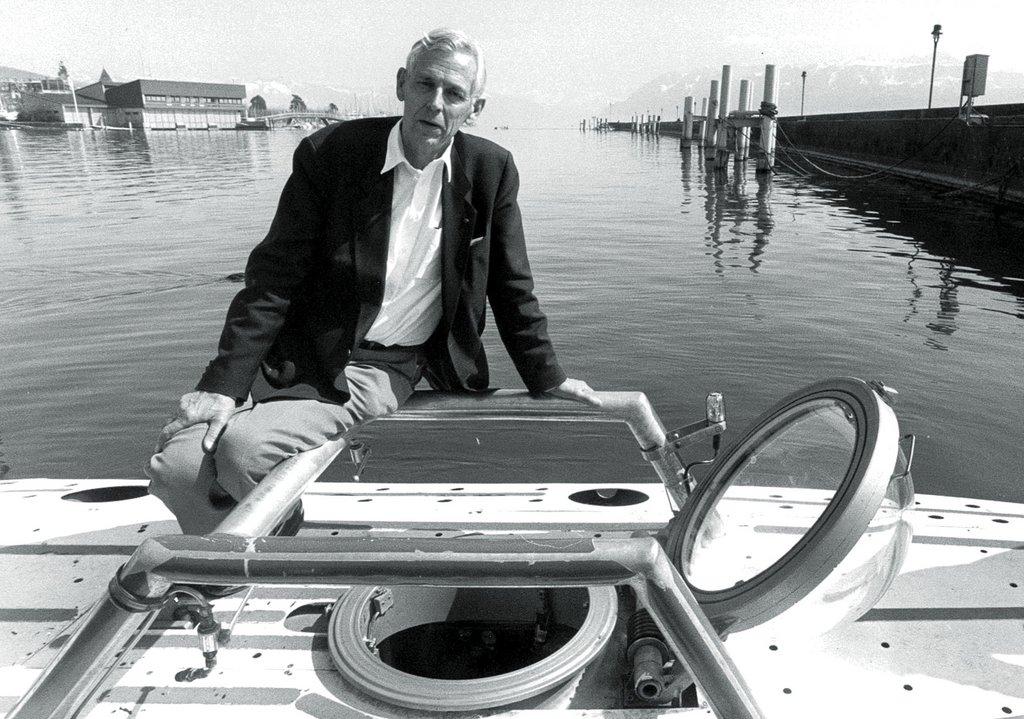
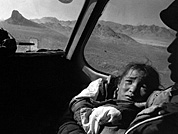
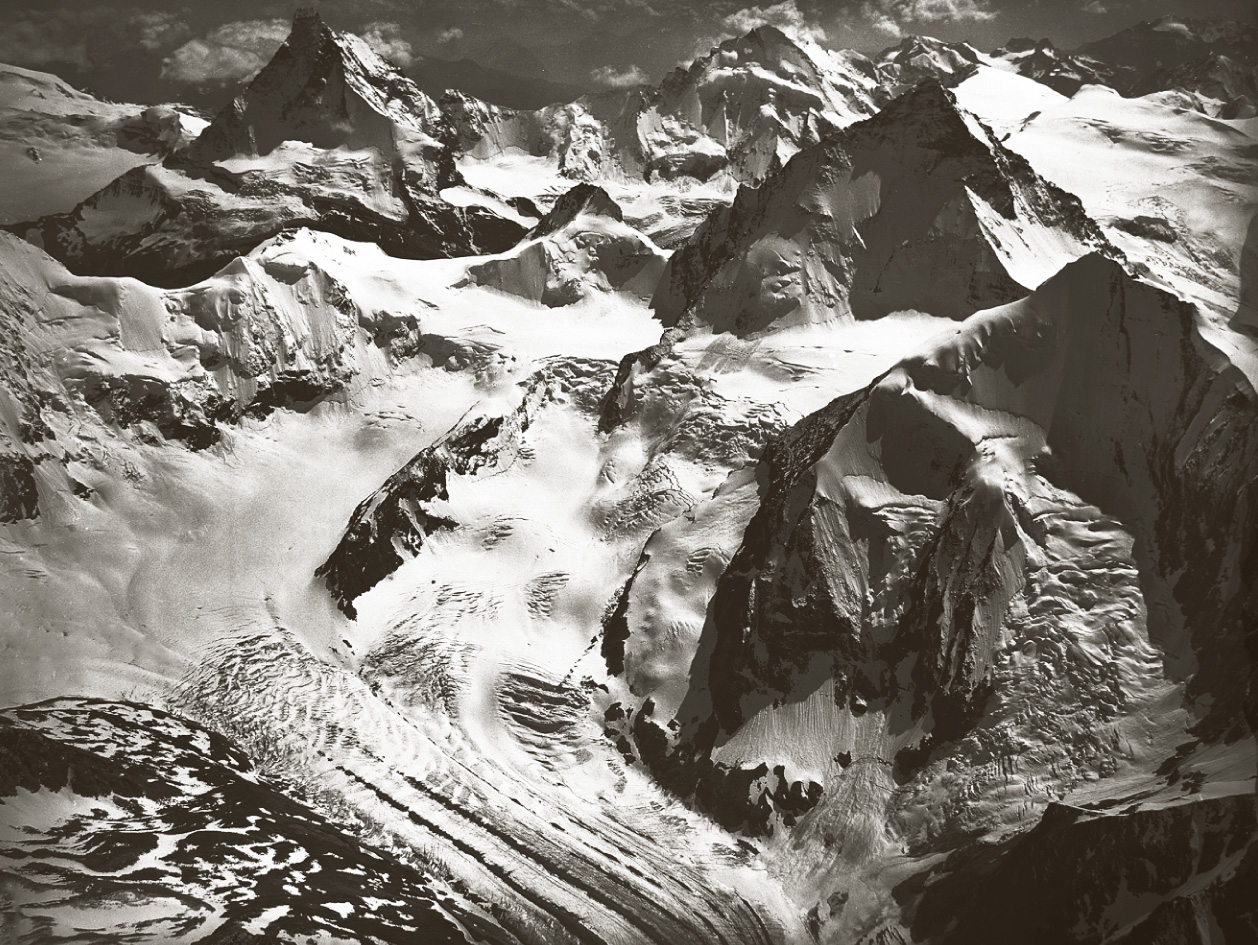
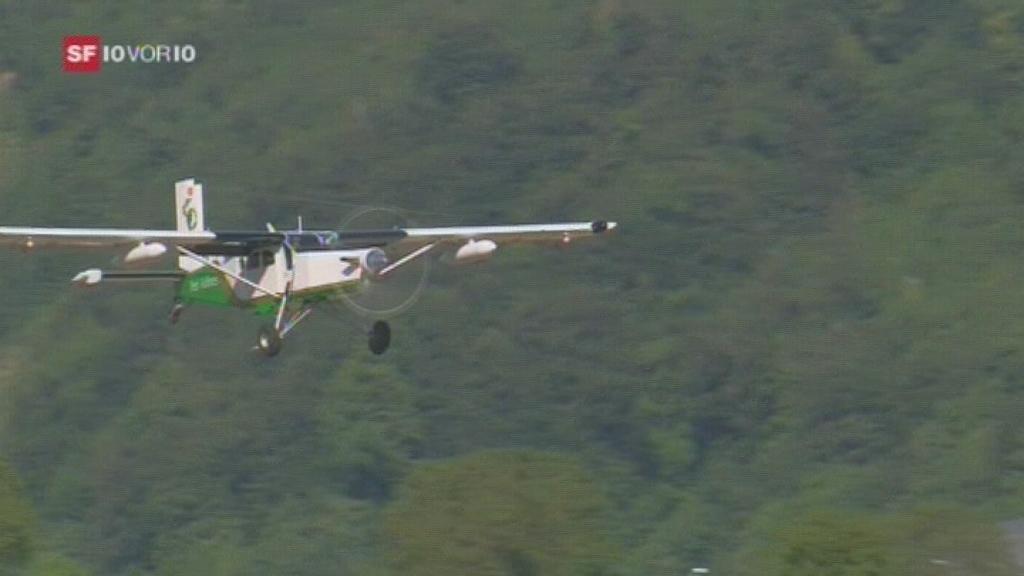
You can find an overview of ongoing debates with our journalists here. Please join us!
If you want to start a conversation about a topic raised in this article or want to report factual errors, email us at english@swissinfo.ch.